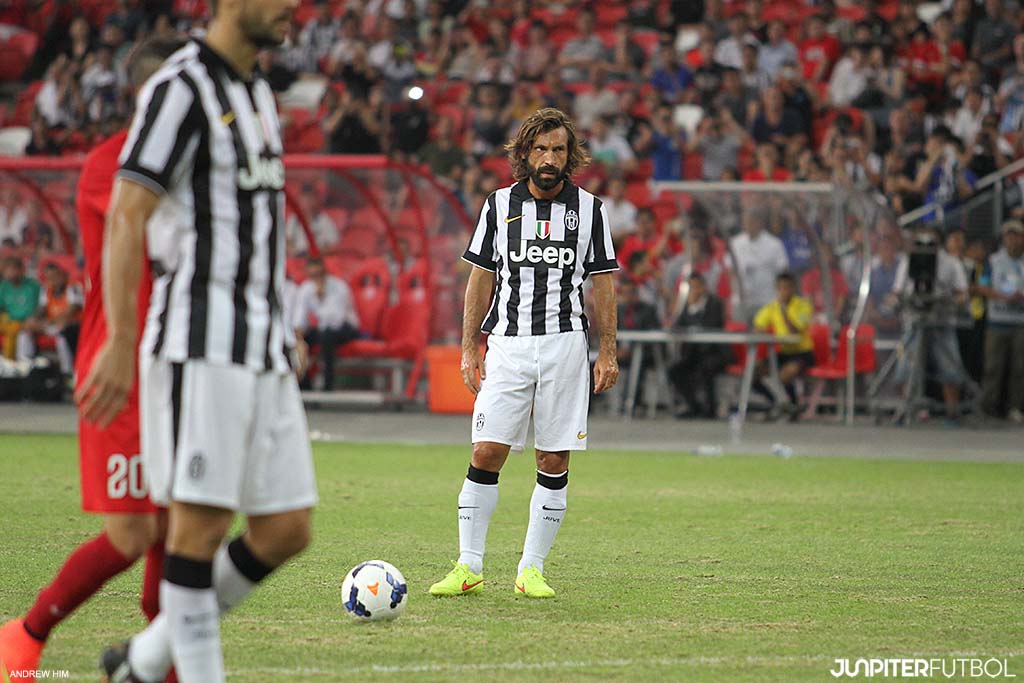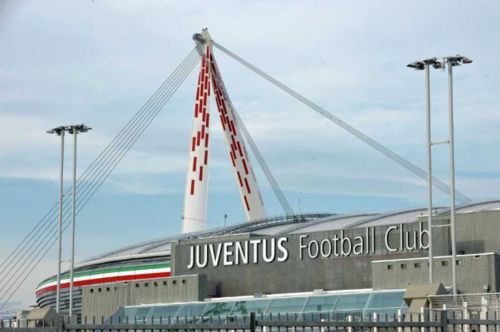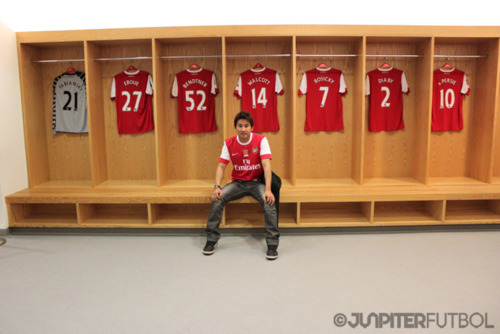

Juventus becomes the first Italian club ever to have their own stadium. This 40,200-seat facility sat on one of their former rented grounds, Stadio delle Alpi, on the outskirt of Turin, at a cost of €120 million.
According to the reports, the new homeground of the Turin giants’, and also the first modern stadium in Italy, features 84 luxury boxes, a commercial center to be opened next month and two restaurants in addition to normal bars with eating areas. With no running track, the seats are close to the pitch and the benches are in the first rows of the stands like at some English stadiums.
Back in June, I was attending a coaching clinic where I’ve got a chance to meet Juventus youth coach, Attila Malfatti, where his team was participating in the Lion City Cup. Its actually through him and his team, I got to know Juventus is going to have their own stadium soon. Attila did mention prior to their construction of the new stadium, Juventus sent troops and more troops to England just to learn more about new modern stadium structure and setup. Well, that’s how the correct attitude should be, learn from the best ever if you think you are the greatest, isn’t it!
When we talk about great stadium, one shouldn’t be missed out from this topic has to be Emirates Stadium. Another great infrastructure in London where Arsenal gunners nested. I do not have the luxury of visiting great stadiums internationally but over the years, other than stadiums in Singapore, Vietnam’s My Dinh Stadium (40,000-seat), Japan’s Tokyo National Stadium (57,000-seat) and Nissan Stadium (70,000-seat, formerly known as Yokohama International Stadium), I was lucky enough to be able to plant my foot in Emirates Stadium just last year.
I joined the stadium tour to Emirates Stadium, a 60,000-seat with a construction cost of £470 million, and was greatly impressed with the infrastructure! If you search through Wikipedia, you will get info such as the pitch at Emirates is 105 x 68 metres in size, total grass area is 113m x 76m, It runs north-south like at Highbury, with the players’ tunnel and the dugouts on the west side of the pitch underneath the main TV camera. The away fans are found in the south-east corner of the lower tier. The away supporter configuration can be expanded from 1,500 seats to 4,500 seats behind the south goal in the lower tier, and a further 4,500 seats can be made available also in the upper tier, bringing the total to 9,000 supporters (the regulation 15% required for domestic cup competitions such as the FA Cup and Carling Cup). However the information online does not emphasize much on how Arsene Wenger influenced the stadium’s design which I was briefed in detail by the stadium tour guide.

For example, Arsene Wenger designed the home team changing to be a curvy, roundish one so that he could see everyone at a glance, but for the visiting (away) team’s changing room, its a typical rectangular room where probably the manager won’t get the full attention especially those seated right at the far corner. Next is the arrival lobby where Arsenal players and the visiting team arrive. All players will arrive at the same lobby, walk through a set of glass doors and what welcomes them are the photos of the history-riched Arsenal where you will see photos of Arsenal thrashing opponents, lifting the league cups and etc. Arsenal players will be motivated while the visiting team will be demoralized! Thats exactly what Arsene Wenger has in mind!
As you can see, a futbol game does not just take place on the pitch. In modern futbol, the game starts as early as you have arrived at the stadium. So next time if you have a chance to visit some stadiums, do remember to take note and appreciate the unique infrastructure design!









10 thoughts on “STADIUM”